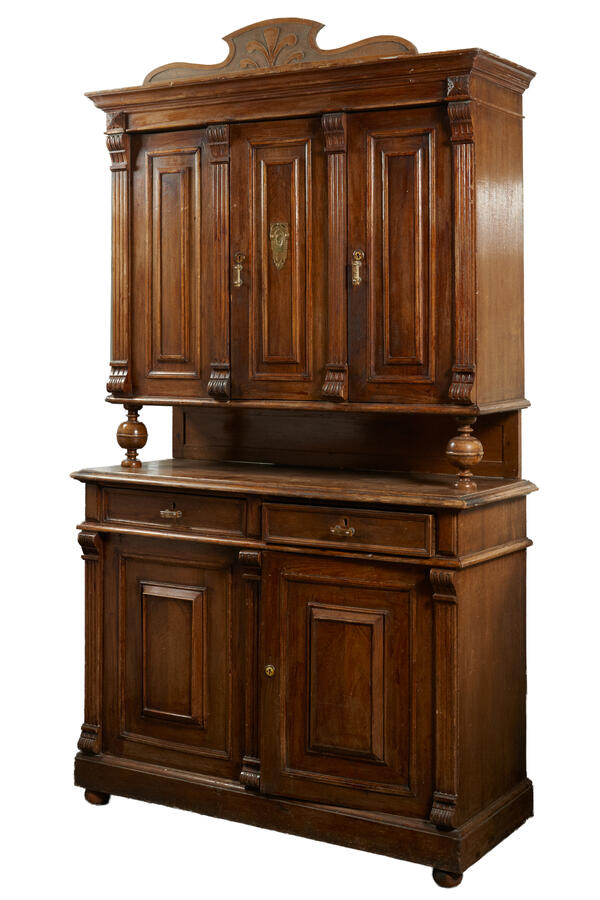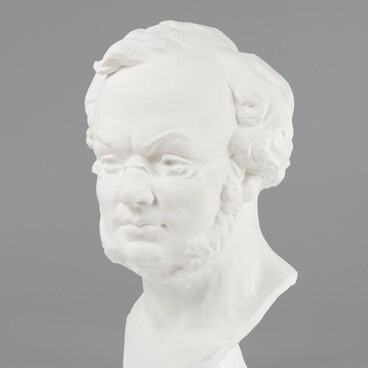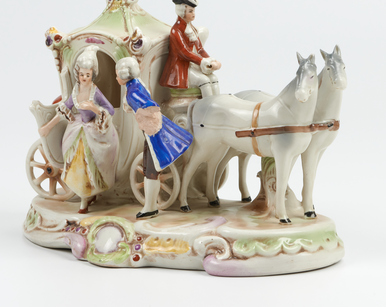In house interiors of the late 19th century — early 20th century, one could often come across an exquisitely furnished room, which was called a butler’s pantry. It was the very place wherefrom the food was served to the dining room. There were special cupboards — buffets, for storing the kitchenware and some food in the butler’s pantry. The buffet consisted of bottom and top parts with a tabletop in between. The spacious shelf between the cabinets and the tabletop were used to decorate ready meals before setting the table.
Usually, there were several buffets. The kitchenware for everyday use, such as semiporcelain dinnerware sets, could be stored in one buffet, while holiday dinnerware sets made of porcelain and silver could be stored in other buffets. It was common for such buffets to have glass walls and doors. They were similar to china cabinets, but unlike the buffet, the china cabinet served as a display cabinet, more suitable for living rooms or dining rooms. The china cabinets were made without a tabletop, and could not be used for cooking or decorating dishes.
The ‘postavets’ — cupboard with long legs — is considered a predecessor of the buffet. It could be found in the interiors of the 15th–16th centuries, most often in boyars’ and ambassadors’ houses, as well as in the tsar’s chambers.
The first buffets were made from separate wooden shelves, sometimes they were covered with fabric. Later, the configuration was modified: the lower part was made in the form of a chest, and the upper shelves were closed with doors. Then the chest was replaced with kitchen cabinets.
City families that had a large decorated buffet were considered wealthy and prosperous. In addition to the kitchenware inside the buffet, one could see jam jars, tea boxes, boxes with spices, baskets with nuts, and sweet pastries. Wines and liqueurs were stored in the lower section.
In the early 20th century, three-dimensional details predominated in the buffet decors: cornice, drawer block, base, and substantial shaped legs. The side parts were supplemented with other elements: columns and consoles. Doors served as the main surface for decoration. The ornaments were cut out on doors, cast metal panel pictures and thin wooden frames were attached.
The buffet entered the collection of the Yershov Museum Complex of Ishim City in 1993. It was donated by Vera Bespalova.
Usually, there were several buffets. The kitchenware for everyday use, such as semiporcelain dinnerware sets, could be stored in one buffet, while holiday dinnerware sets made of porcelain and silver could be stored in other buffets. It was common for such buffets to have glass walls and doors. They were similar to china cabinets, but unlike the buffet, the china cabinet served as a display cabinet, more suitable for living rooms or dining rooms. The china cabinets were made without a tabletop, and could not be used for cooking or decorating dishes.
The ‘postavets’ — cupboard with long legs — is considered a predecessor of the buffet. It could be found in the interiors of the 15th–16th centuries, most often in boyars’ and ambassadors’ houses, as well as in the tsar’s chambers.
The first buffets were made from separate wooden shelves, sometimes they were covered with fabric. Later, the configuration was modified: the lower part was made in the form of a chest, and the upper shelves were closed with doors. Then the chest was replaced with kitchen cabinets.
City families that had a large decorated buffet were considered wealthy and prosperous. In addition to the kitchenware inside the buffet, one could see jam jars, tea boxes, boxes with spices, baskets with nuts, and sweet pastries. Wines and liqueurs were stored in the lower section.
In the early 20th century, three-dimensional details predominated in the buffet decors: cornice, drawer block, base, and substantial shaped legs. The side parts were supplemented with other elements: columns and consoles. Doors served as the main surface for decoration. The ornaments were cut out on doors, cast metal panel pictures and thin wooden frames were attached.
The buffet entered the collection of the Yershov Museum Complex of Ishim City in 1993. It was donated by Vera Bespalova.



